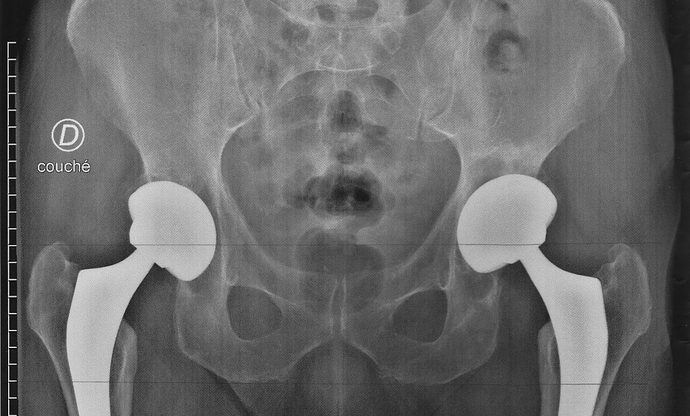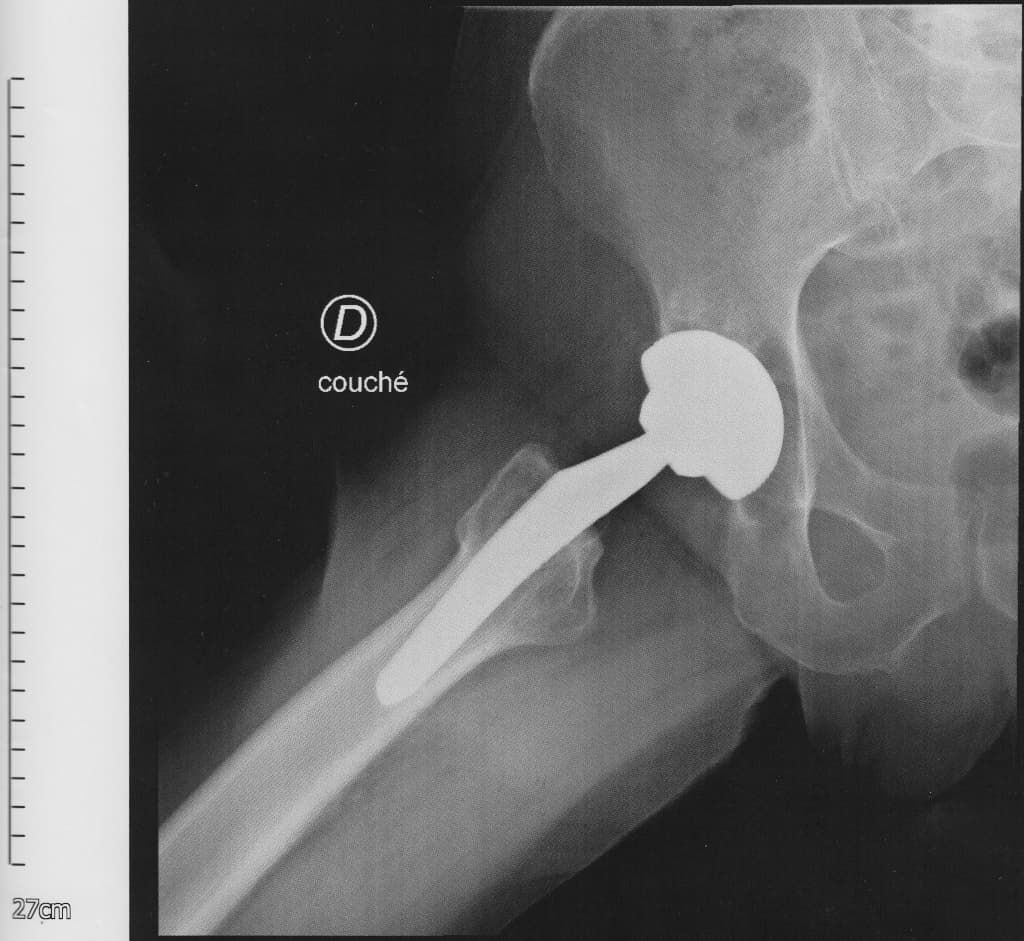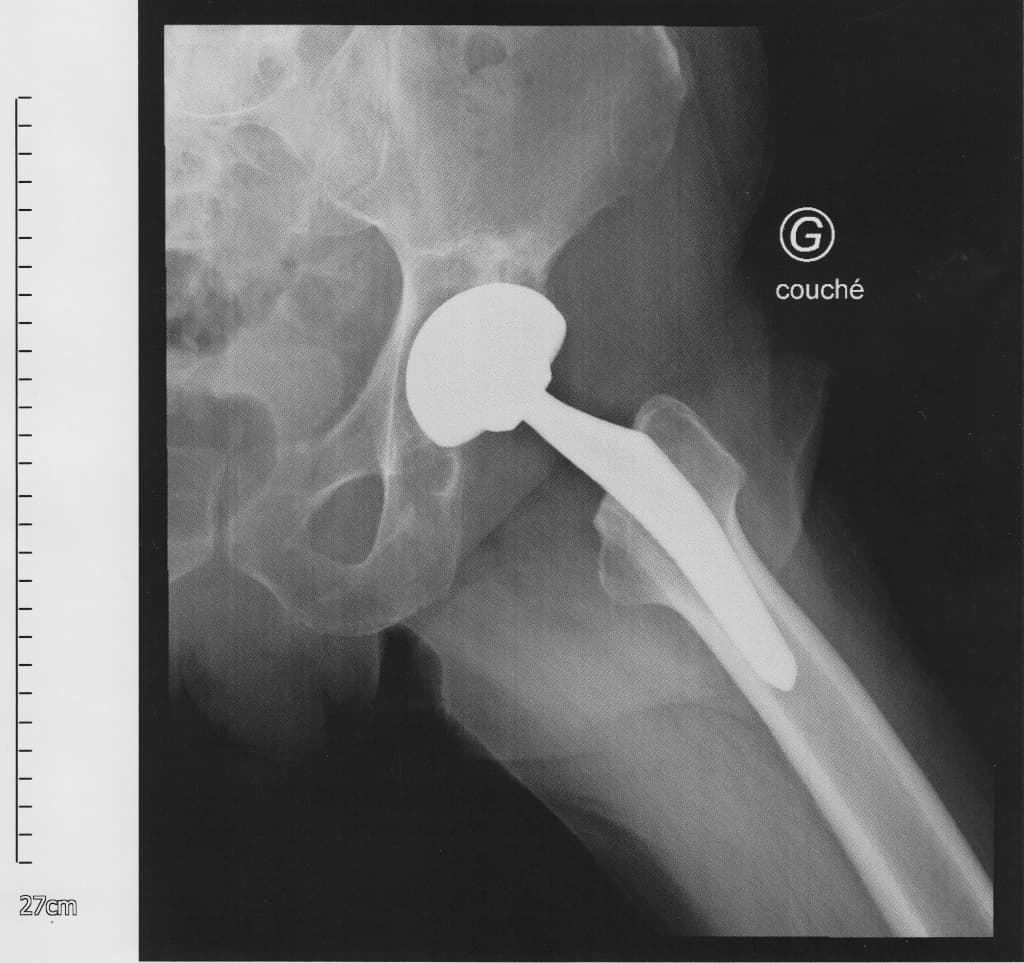Oh, I’m sure! That’s bad for your knees, too.
“I was 401 pounds. Now I’m 365,” O’Neal said during an appearance on Logan Paul’s “Impaulsive” podcast. “I’m trying to take it back to 345.
In his prime, he was 7’1" (216cm) and 300lbs (source), so 345lbs would almost be skinny for him.
According to this source, he was as skinny as 245lbs in high school and 400lbs when playing for the Lakers.
A tremendous athlete.
Plugging this in to the U.S. National Institutes of Health Body Mass Calculator, we get a body mass index (BMI) of 29.2, which is, according to the categories established by the always trustworthy World Health Organisation, right at the top of “Overweight (Pre-obese)”, which runs from 25.0 to 29.9.
This is an indication of how useless BMI is for athletes. Muscle is denser than fat, so somebody with well-developed musculature will tip the scale into the “overweight” category even if their body fat percentage is toward the low end of the range.
This is a BMI of 33.6, which is toward the high end of “Obese (Class I)” (30.0–34.9). A BMI of 35 or more used to be called “morbidly obese”, but this has been renamed “Obese (Class II)” because of—feelings.
This is why I never mention BMI in The Hacker’s Diet, although due to popular demand, I added calculation of it to “The Hacker’s Diet Online” software tools.
On 2023-05-03 I had the three month post-operative check-up on the second of the two hip replacements. Here is the view of both. As in the previous pictures, the right hip (operated on 2022-11-22) is at the left of the X-ray, which was taken from above with me lying on my back. At right is the left hip, replaced on 2023-01-31.
The two horizontal rule lines were drawn by the surgeon to evaluate the placement of prostheses in the pelvis and femurs. Based upon this measurement, he estimates the difference in effective leg length as less than 5 millimetres—it was between 2 and 3 centimetres (short on the left side) prior to the replacement.
Here is a detail of the right hip, with the hip raised to show the ball and socket joint alignment.
This is the left hip, equivalently aligned.
After three months on the left and six months on the right, both pieces of each prosthesis appear to have been securely fastened by bone growth into the hydroxyapatite matrix bonded to the bone-contacting surfaces. What one looks for in the X-rays is a dark or black line around the edge of contact with the bone which would indicate the prosthesis is not securely fixed and is shifting. There is no evidence of that in these images.
The next and, I hope, final check-up will be in September, when the six month mark after the left hip replacement will be reached (well, actually surpassed, but you know about August in Europe…).
Congrats! Hopefully you’ve regained functional mobility and range of motion on both sides and no pain.


